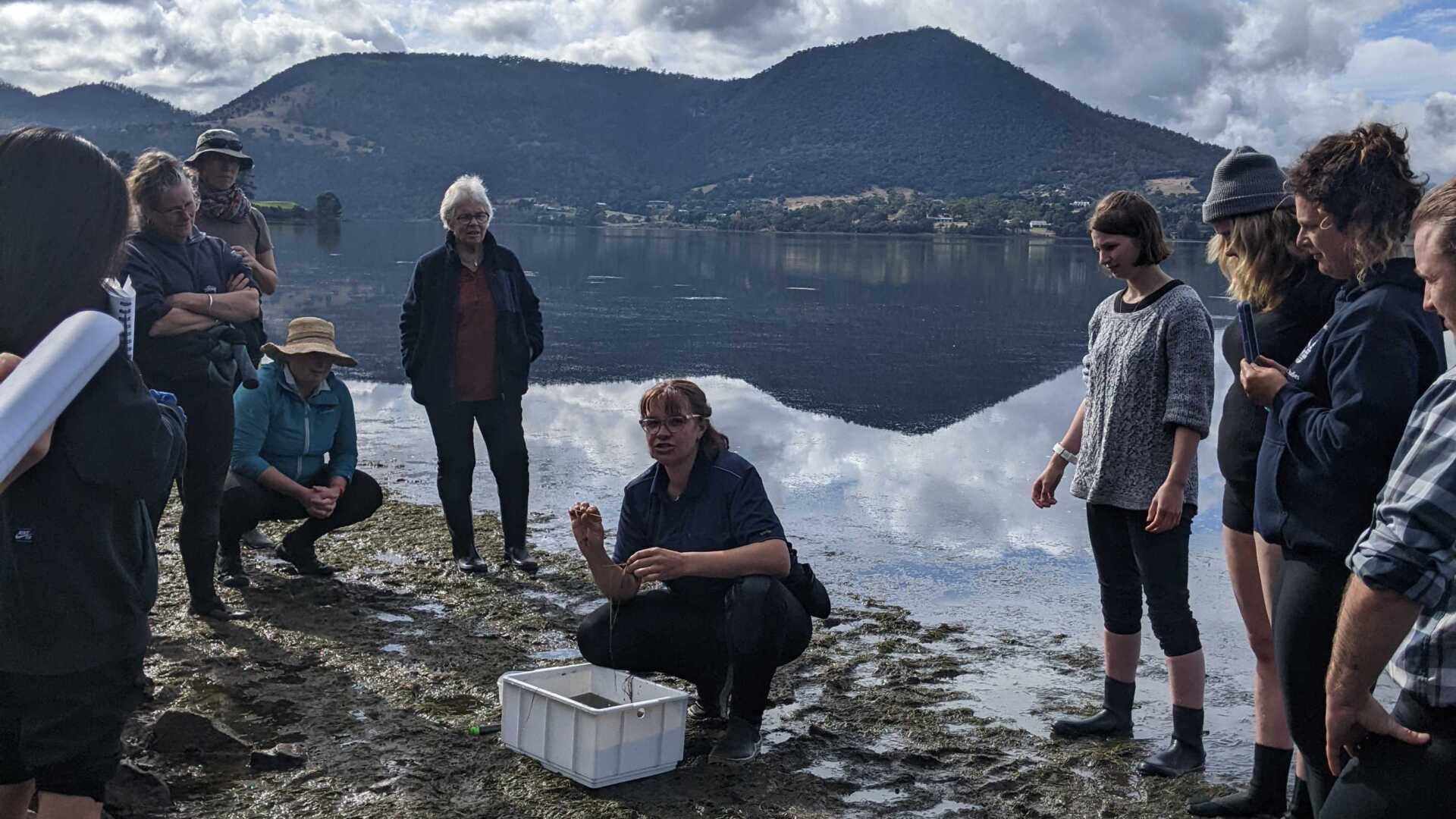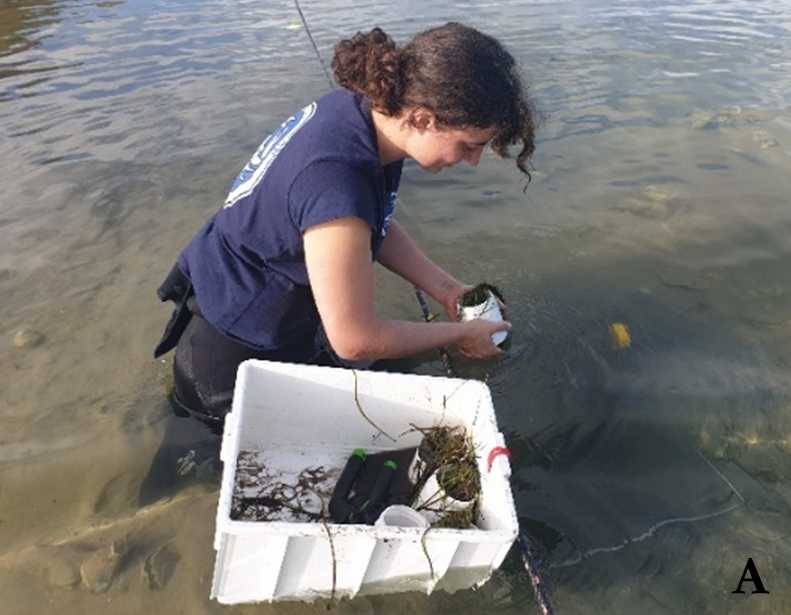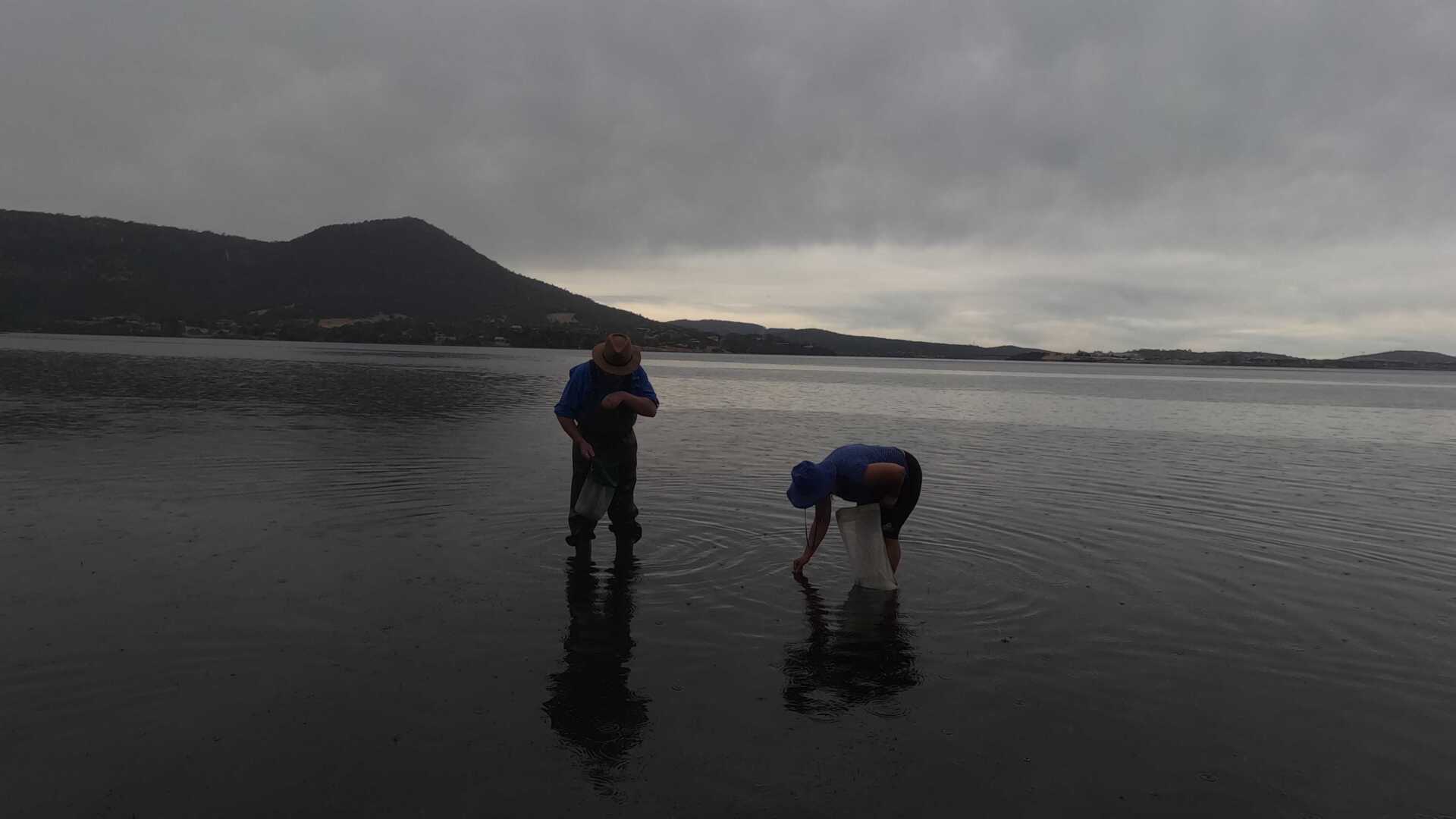Innovative seagrass restoration trial could deliver big wins for fishing in Hobart

The early signs are promising that a seagrass restoration project in Southern Tasmania will be a major step in the right direction towards replacing lost meadows.
In a first for Tasmania, OzFish Unlimited, Australia’s fishing conservation charity, is collaborating with researchers from the University of Tasmania’s Institute for Marine and Antarctic Studies (IMAS) to restore seagrass meadows in the southern part of the state.
The outcome of this endeavour could significantly boost biodiversity and fish production in the region.
It is estimated that almost 30% of seagrass meadows have been lost globally since 1880, with more than 160,000 hectares lost from Australian coasts.
Seagrass habitats in Tasmania, notably in the Derwent Estuary, have suffered loss and fragmentation and degradation due to excess nutrient levels.
“Seagrass restoration is only possible thanks to local council initiatives aimed at reducing nutrient pollution in locations such as Ralphs Bay, Derwent Estuary,” said IMAS marine ecologist and project leader, Dr Beth Strain.
Seagrass meadows provide food, shelter, and nursery grounds for juvenile fish, including many of our favourite species such as calamari, flathead and leatherjackets.
They also offer invaluable ecosystem services such as water filtration, sediment stabilisation and carbon sequestration.
OzFish is proud to play a leading role in the restoration of seagrass in Tasmanian waters in partnership with IMAS on the state’s inaugural seagrass restoration trial.
The project has tried various restoration techniques, including seed bags, plugs, sprigs and direct injection seeding. These methods have been deployed at sites in Ralphs Bay and the Derwent Estuary in Hobart.
Community involvement is a cornerstone of this initiative. Recreational fishers have been involved in several field days and on-ground activities, including seed collection and seagrass transplanting efforts.
The water was chilly and the volunteers donned their wetsuits and boots to take the plunge. However, because it was in February at the end of summer, it was still warmer than many other times of the year.
Vere Michiels, OzFish Senior Project Officer, said the Derwent Estuary and Ralphs Bay were popular spots for local recreational fishers and they will hopefully see the benefits of the seagrass restoration long into the future.
“This project is an incredibly important step towards helping restore Tasmania’s coastal ecosystems in need,” she said.
“By engaging local communities and applying science-backed approaches, the trial will help inform future restoration activities in Tasmania.
“It will have benefits for fish and nursery habitat. The Derwent is a very popular recreational fishing spot among locals.”
The project started just over 12 months ago and has used four main restoration methods:
Plugs: a PVC pipe was used to collect seagrass with shoots and sediment attached from healthy seagrass meadows. They were then transplanted into restoration sites.
Sprigs: Seagrass from the edge of a healthy meadow was dug up by hand or using a rake so that shoots, rhizomes (underground stem) and roots were kept intact and divided into small ‘clumps’. Sprigs were transplanted into sections of the seafloor at the restoration sites.
Seed Bags: Small hessian bags were filled with local sediments and a predetermined number of seeds. The bags were stitched closed, and a rope was used to attach the bags together, which was pegged to the seafloor to keep them in place.
Direct Injection Seeding: A slurry of local sediment and seeds was mixed and inserted into a caulking gun. The gun was modified so that seeds and sediment were dispersed at a predetermined depth and rate of seeds per injection.
IMAS researchers have closely monitored the restoration sites and the final round of monitoring is underway, with the trial expected to conclude soon.
“Initial results show plugs work at two of the three restoration sites but they are less feasible for large-scale restoration efforts,” said IMAS PhD candidate, Kelsie Fractal, who is studying seagrass restoration.
“We’re closely watching the performance of seed-based methods this spring.
“Our findings will provide valuable insights into the effectiveness of various restoration techniques, enabling more targeted and successful future endeavours.”
The results from the trial will provide information on what works and what doesn’t, building on the toolbox of restoration approaches and allowing future restoration to be more targeted and effective.
This is a joint project by OzFish and the Institute for Marine and Antarctic Studies.
The project is funded by the Australia Pacific QBE Foundation climate resilience grant. Additional funds are provided through an Australian Research Council Linkage Project grant awarded to Associate Professor Jeff Wright and Professor Paul Gribben, and a Tasmanian Sustainable Seafood Partnership grant awarded to Dr Beth Strain. OzFish is also supported by BCF – Boating, Camping, Fishing.









